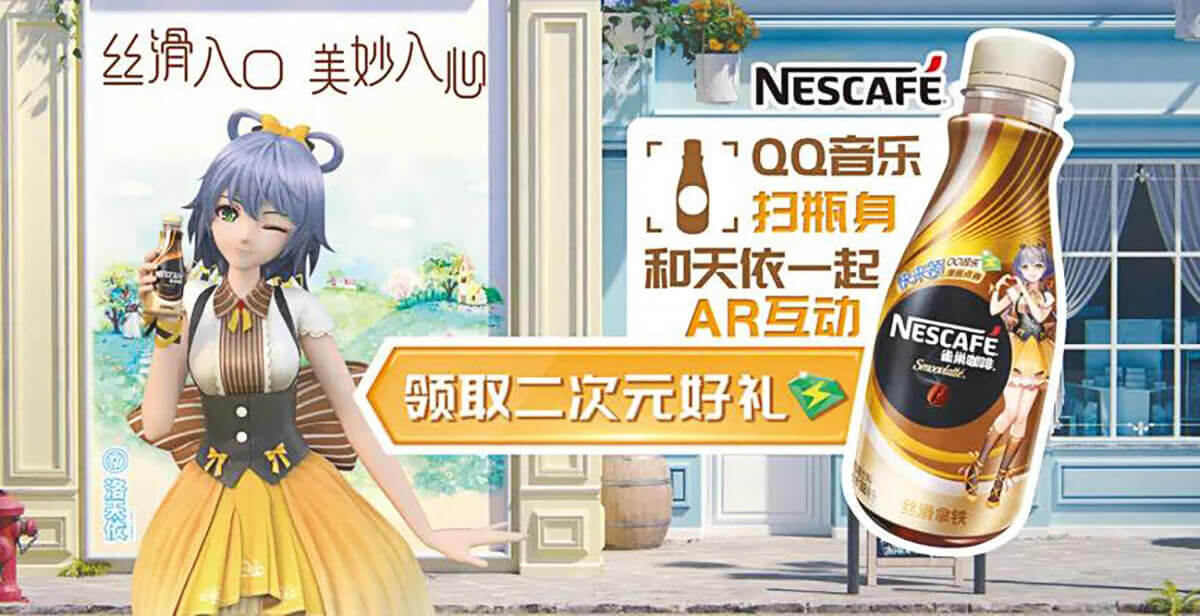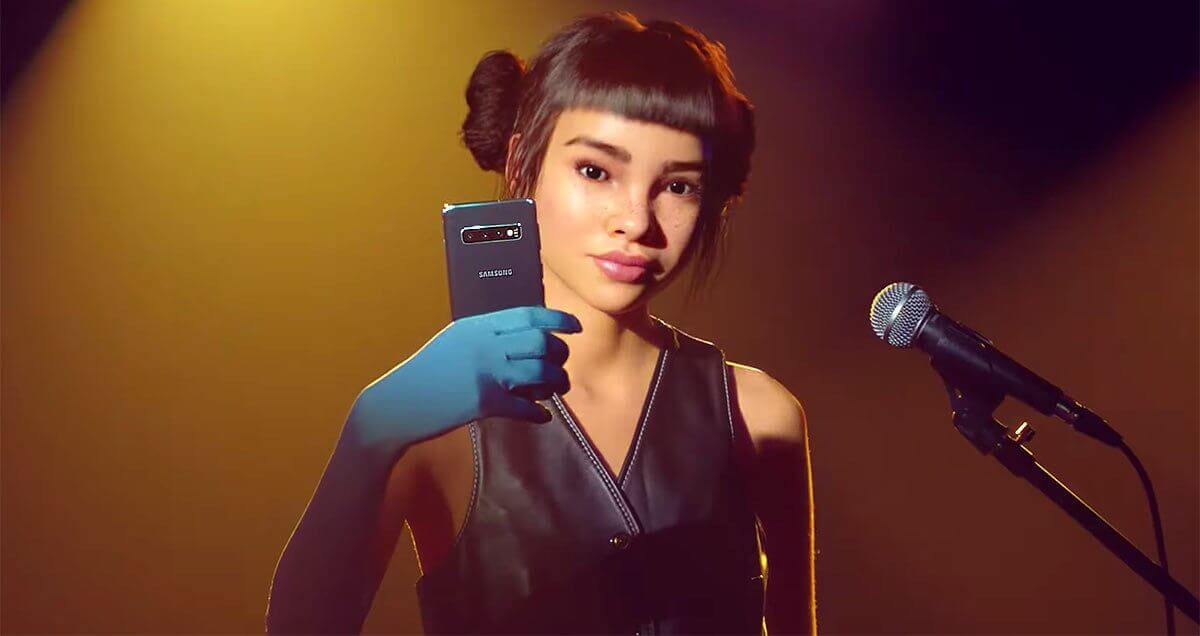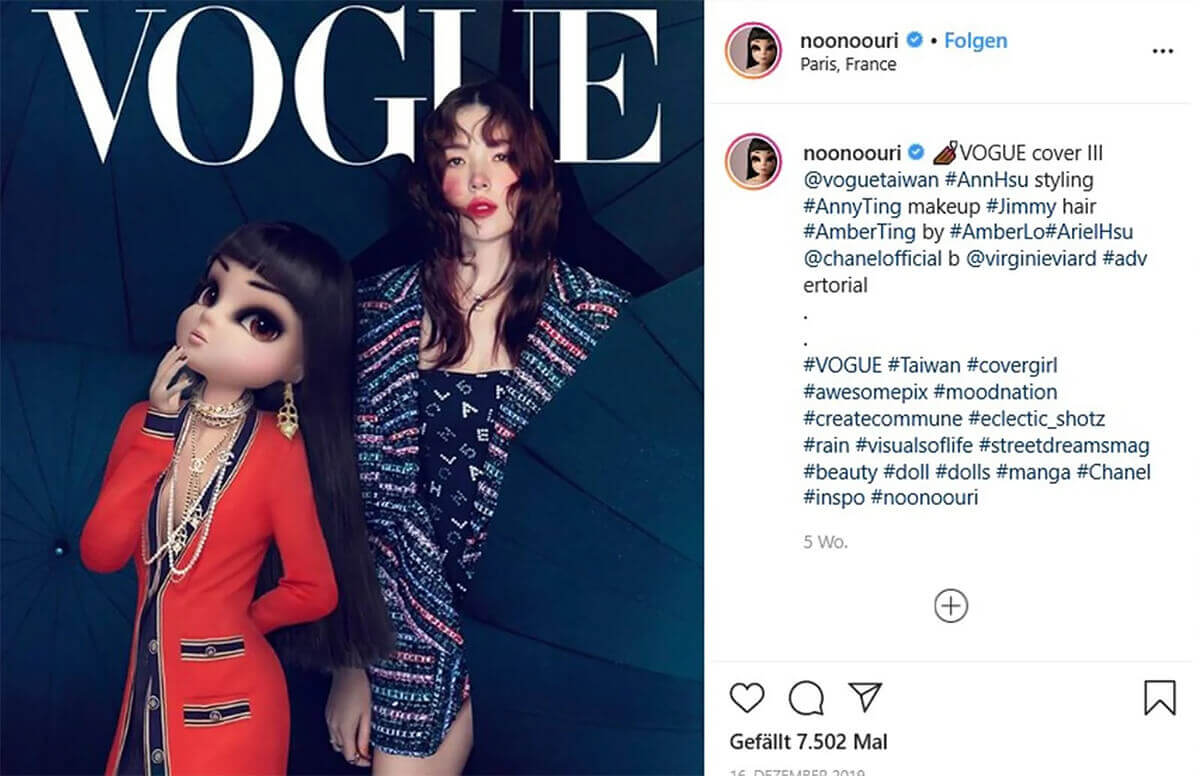
With the excitement that comes with Metaverse, we cannot NOT talk about virtual influencers. Whether they’re animated or an uncanny mimicry of a real-life human being, these CGI characters are capable of influencing purchasing behaviour and have amassed followers of their own.
You might think virtual influencers began with the Metaverse, but the culture behind this type of influence dates back to 1980s Japan. Japanese anime and idol culture existed long before we had the technology to generate CGI humans.1
In fact, though tech advancements now enable production teams to create human-like virtual influencers—complete with a custom personality2 —animated virtual influencers are still popular. For this reason, we’ll use the term “virtual influencer” to cover both human-like and animated influencers in this article.
Are virtual influencers legit?
In a thesis by W.E.M Wolff, titled A Trend or is the Future of Influencer Marketing Virtual?3 , virtual influencers were noted to be successful at two things.
- Impacting purchase intention
It was found that virtual influencers can generate social responses and behavioural change, and this is due to their ability to “create rapport with consumers and being perceived as authentic social beings.”4 - Gaining engagement
It was discovered that virtual influencers have 3x more engagement than real life, social media influencers.5
These findings further support a recent online survey by The Influencer Marketing Factory. They found:
“Virtual influencers can convince others to spend their own money… [with] 35% of the survey’s respondents [saying] they’ve bought a product or service promoted by a virtual influencer.”6
In a nutshell, virtual influencers bring plenty to the table. So much so that they’ve been leveraged to different degrees of success by different brands. Majority of which are recognisable names.
How have brands used virtual influencers?
Brands as early innovators have used virtual influencers to inject freshness into their marketing. From VTubers to vocaloids, to the hyper-real influencers, different brands and industries have found effective ways to partner up and market with them.
1. Luo Tianyi & NESCAFÉ Smoovlatté

Source: Vocaloid News
Luo Tianyi (洛天依) is a vocaloid and as of right now, China’s biggest virtual pop star. She was created independent of a specific brand and takes on campaigns and collaborations much like a regular influencer would. A recent collaboration involved the bottled coffee brand, NESCAFÉ.
The campaign7:
- Aimed to gain ground with younger audiences who are uninterested in bottled coffee through a demonstration of innovation and an understanding of youth culture.
- Targeted Tianyi’s fans through Bilibili, China’s biggest youth culture website; Nescafe teased the campaign during 11.11 by airing a customised video featuring the virtual influencer.
- Leveraged Tianyi to provide a personalised experience that involved scanning the Smoovlatté bottle via mobile phone in order to offer the consumer one-to-one interaction with Tianyi. Users could then play micro-games to unlock a personal voice message, entirely customised to them based on location, weather, and time of day.
- Users could share these greetings on WeChat, spurring posts and discussions with friends.
2. Lil Miquela & Samsung #TeamGalaxy

Source: Branding in Asia
Lil Miquela is an independent virtual influencer with a realistic appearance. A big part of her branding comes from how authentic or real she seems. She’s portrayed as an effortless, cool, and self-aware character with values that align with today’s Gen-Z. From carefully constructed social posts depicting a “messy” real life to her witty bio stating, “19-year-old Robot living in LA”, she’s an embodiment of the term authentic.
The campaign8:
- Samsung launched the 2019 #TeamGalaxy campaign with four members—Steve Aoki, Millie Bobby Brown, Ninja, and Lil Miquela—meant to embody their tagline, #DoWhatYouCan’t.
- #DoWhatYouCan’t is an extension of Samsung’s philosophy—to defy barriers, to do what inspires you, and to confront your limits. Miquela as a reflection of technology trends, innovation, and authenticity, aligns neatly with Samsung on both their tech and philosophical fronts.
- Samsung also linked the Galaxy phone’s limitless possibilities with Miquela’s own infinite potential as a virtual influencer, singer, and activist.8
To work with virtual influencers, or not?

Source: DMEXCO
Virtual influencer services largely fall into two categories. The first, working with a virtual influencer the way you would with a real life one. The second is to create a virtual influencer from scratch for a brand. Either way, both offer a host of creative opportunities and experiences.9
The benefits of leveraging virtual influencers include:
- Lower costs per follower
Do you know, the price of working with a virtual influencer is much more affordable compared to an influencer with the same number of followers? - Full control over behaviour and messaging
There is more room to prevent unwanted messaging or perceptions to be shown to the audience without compromising the unique personality of the virtual influencers. - Brand-aligned personalisation
If creating a virtual influencer from scratch, they can be modelled to reflect a brand’s persona and values. This means the virtual influencer will be one-of-a-kind. - Giving the brand a good impression
Utilising virtual influencers can help a brand appear as if it’s fresh and in line with the young, tech-enthusiastic generation’s interests.
However, potential cons of utilising virtual influencers are:
- A lack of authenticity
A virtual influencer might come across as “not-human” and lack the genuine quality, as they are ultimately fictional characters. Hence, unable to connect or develop trust with customers. - Discomfort and backlash
Consumers unfamiliar with virtual influencers or with preconceived perceptions may not react well to a campaign utilising them. - High development and production costs
If deciding to create a virtual influencer from scratch, this will require high production costs.
The big question with virtual influencers often is, do they replace real life influencers? Though it is tempting to consider this, Didi Pirinyuang, Executive Creative Director at Ensemble Worldwide, shares an interesting perspective.
“The rise of virtual influencers is not an indication that they are human replacements, but rather, a form of escapism and fantasy that provides audiences with a canvas to project their voices, interests, and personalities.”2 In other words, knowing the influencer is a virtual rendition, or a fake, doesn’t matter. What matters is how consumers relate to these virtual influencers.
All in all, as people still value the human touch, virtual influencers won’t be replacing real life influencers just yet. But they present interesting new ways to relate to customers and for brands to expand into the soon-to-come metaverse.
Get in touch to see how we can help you.
References:
-
- 1 The Fictional (Yet Amazingly Popular) Singers of Japan
- 2 The power of AI: How to leverage virtual influencers to power in-person retail
- 3 A Trend or is the Future of Influencer Marketing Virtual?
- 4 Computers as Social Actors? Examining How Users Perceive and Interact with Virtual Influencers on Social Media
- 5 Virtual Influencers Make Real Money While Covid Locks Down Human Stars
- 6 Virtual Influencers Are Here to Sell You on Their ‘Lifestyles’ (And It’s Working)
- 7 Nestlé Smoovlatté: From Tianyi with Love
- 8 Lil Miquela Joins Steve Aoki, Millie Bobby Brown and Ninja in New Samsung Global Campaign
- 9 How virtual influencers are taking off in digital marketing


